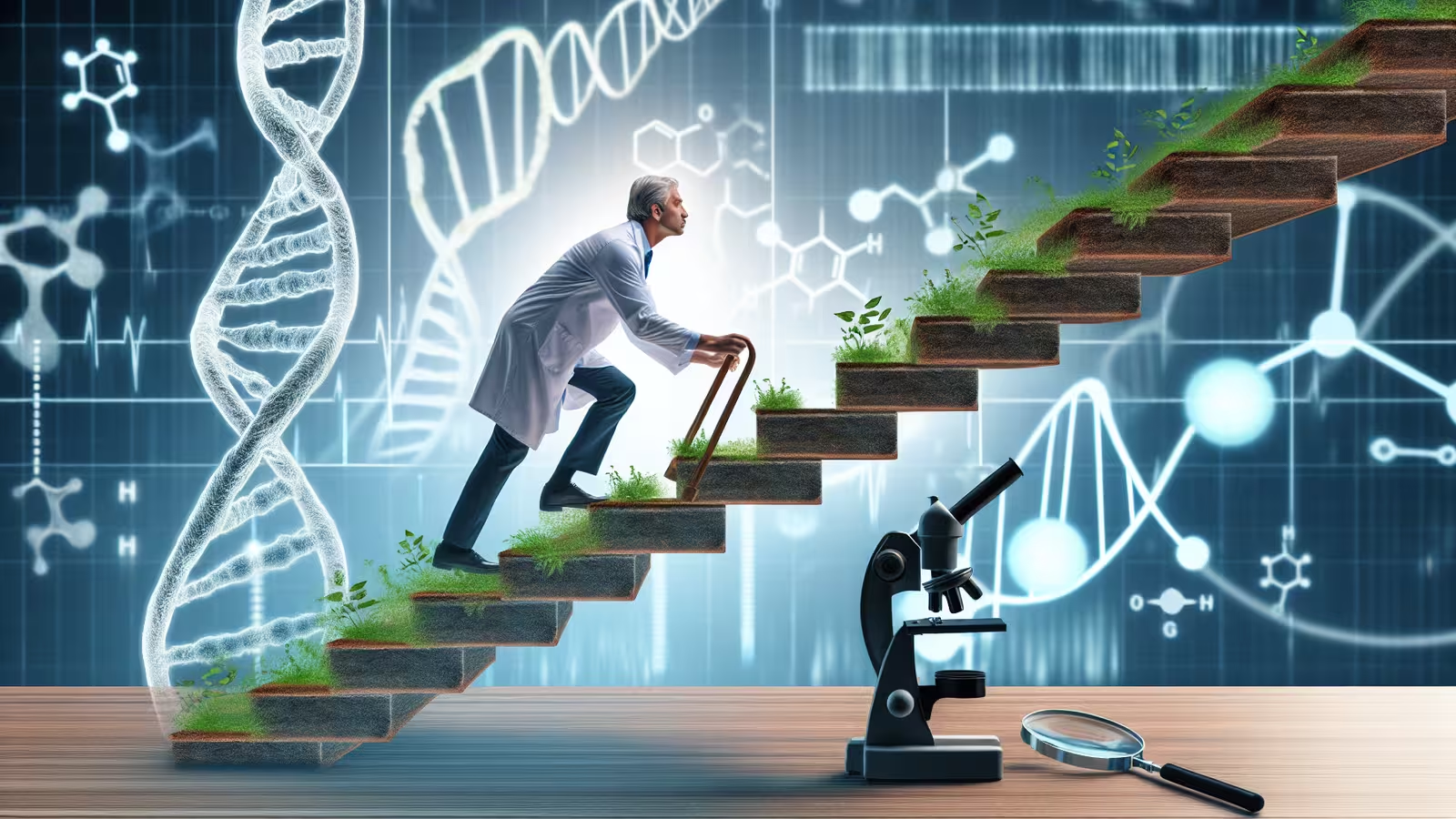5 Minutes
Understanding the Biology of Human Aging
For over a century, humanity’s average lifespan has increased dramatically, thanks to advances in public health and modern medicine. This has sparked enduring curiosity among scientists: have these societal gains actually altered the fundamental biology of aging—also known as senescence? Or have they simply postponed its effects?
Recent studies have reignited this debate, particularly with new research examining international mortality databases to probe whether the intrinsic rate at which we age has shifted over time. The distinction is crucial for gerontology and biotechnological research as well as the thriving anti-aging industry worldwide.
The Anti-Aging Industry and Public Perceptions
In 2024, the global anti-aging market is estimated to be worth over $50 billion, with expectations that it will surpass $100 billion by the decade's end. Central to this booming sector is the promise—or hope—of slowing, stopping, or even reversing aging itself. Products and therapies flood the market, capitalizing on the remarkable gains in life expectancy that have arisen through improved healthcare, sanitation, vaccination, nutrition, and especially a dramatic reduction in infant and early-life mortality.
Yet while these factors have indisputably increased the number of people living into old age (with projections that the centenarian population in the United States will quadruple by 2054), core scientific questions remain. Namely: are these gains simply a result of deferring the effects of aging, or do they indicate that the rate of aging itself is malleable?
The Science of Senescence: Delaying Death vs. Slowing Aging
The demography of aging has long rested on mathematical foundations first laid out by Benjamin Gompertz in the early 19th century. Gompertz’s law described how mortality rates rise exponentially with age, suggesting a steady, underlying biological process. This model, comparable to the compounding of interest, means the force of mortality doubles at regular intervals throughout adulthood.
This framework underpinned subsequent research in the 20th and 21st centuries, including theories advanced by population scientist James W. Vaupel in 2010. Vaupel proposed that while humanity’s average lifespan has increased, the apparent rate of aging—the steepness of the Gompertz curve—remains unchanged. Instead, improvements in public health have effectively ‘delayed’ when these age-related increases in mortality begin, shifting the curve to later ages rather than flattening its slope.
Evaluating Recent Claims of Changing Aging Rates
More recent analyses, however, have detected subtle but persistent differences in aging rates across populations and generations. In an effort to clarify these findings, Silvio Patricio and colleagues at the University of Southern Denmark conducted an in-depth study, posted to the arXiv preprint server. Their approach refined traditional mortality modeling by separating strictly senescent deaths (those resulting from the aging process) from broader cohort mortality, while adjusting for the confounding effects of early-life deaths.
Leveraging extensive data from Italy, Denmark, France, and Sweden, Patricio’s team identified that minor deviations in aging rates were largely attributable not to biology, but to “historical shocks”—societal or global events such as wars and pandemics that can exert long-lasting effects across generations.
Historical Influences Mask Biological Constancy
Patricio’s research uncovered that significant shared historical experiences—like the First and Second World Wars or the 1918 influenza pandemic—temporarily distorted mortality data across multiple cohorts. These event-driven ripples could appear to change the rate of aging, but upon applying statistical models to minimize these effects, the underlying pace of biological aging proved strikingly stable across time and place.
As Patricio summarizes: “Once we filter out non-senescent mortality and account for the accumulation of shared period effects, the rate of aging becomes strikingly consistent. There is no meaningful trend, and no evidence that the biology of aging is shifting across cohorts. The variation that remains is not biological drift, but the footprint of history—the cumulative result of shocks experienced in calendar time.”
This outcome supports a growing scientific consensus: while modern advancements have postponed the onset of age-related decline—allowing more people to reach advanced ages—the cellular and molecular processes driving biological aging remain fundamentally the same.
Implications for Longevity Science and the Anti-Aging Market
This nuanced distinction carries weighty implications. On one hand, billions are invested globally in novel anti-aging therapies, from pharmaceuticals and dietary supplements to cutting-edge genetic and regenerative medicine. While these may improve healthspan (the period of life spent in good health), the underlying rate at which human physiology ages appears remarkably unyielding in the face of technological and societal progress.
However, lifestyle factors—such as balanced nutrition, regular physical activity, and sufficient sleep—still exert profound effects. These can improve life expectancy, reduce the onset of chronic diseases, and increase one’s chances of ‘gracefully’ reaching old age, even if they do not fundamentally alter the biological aging clock.
Conclusion
Comprehensive new analysis drawing on international mortality data reveals a critical insight: while human life expectancy has soared and more people reach old age than ever before, the fundamental pace of aging remains unchanged. Historical and societal events can distort population data, but the core biology of senescence is remarkably constant across generations. For the global anti-aging sector, this means there is no magic solution to stop aging entirely, but adopting healthy lifestyle habits can still help individuals add quality years to their lives. Ultimately, although science might one day find ways to modify our underlying biological clocks, the best pathway today is to live well—embracing the inevitability of aging with resilience and grace.
Source: popularmechanics



Comments